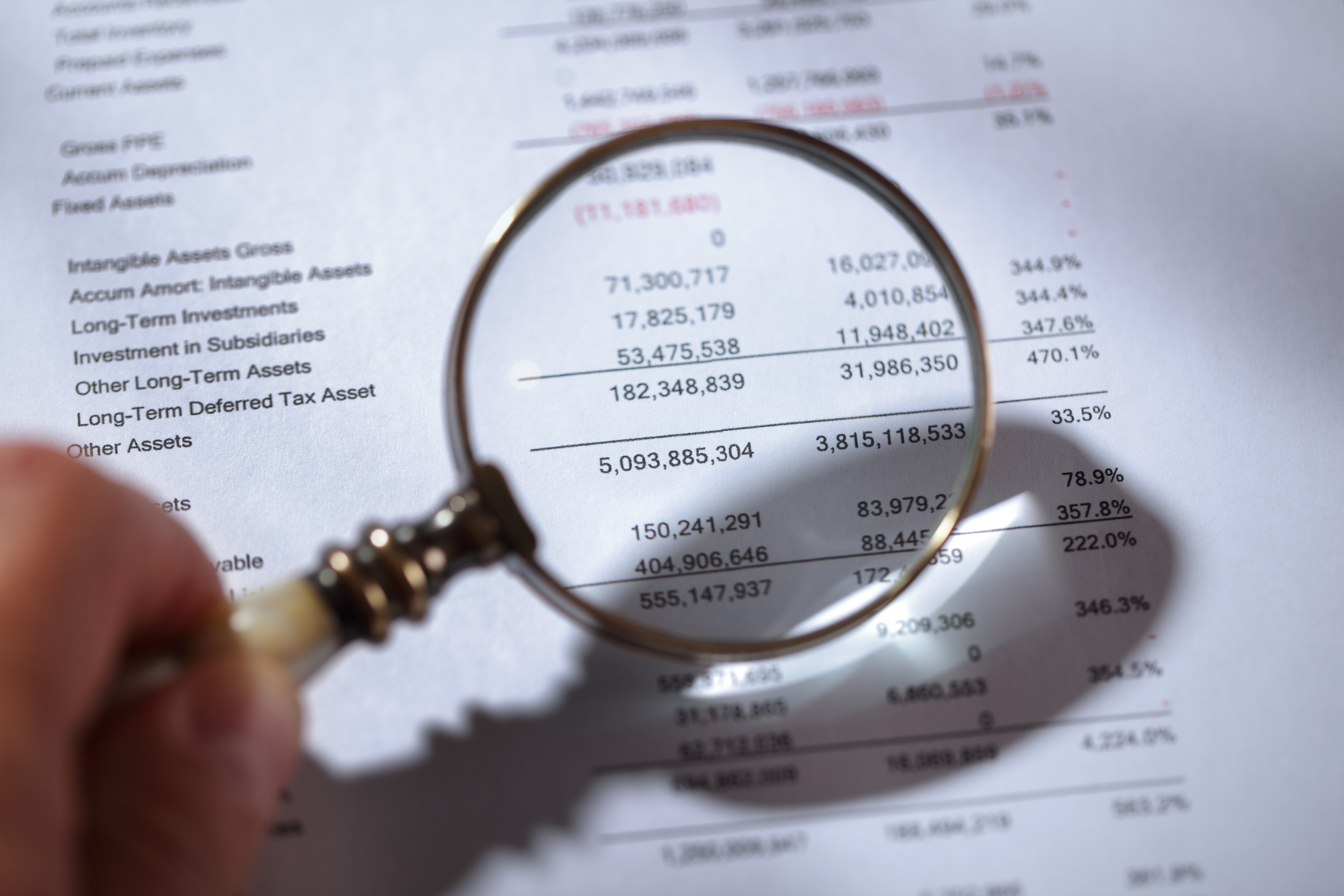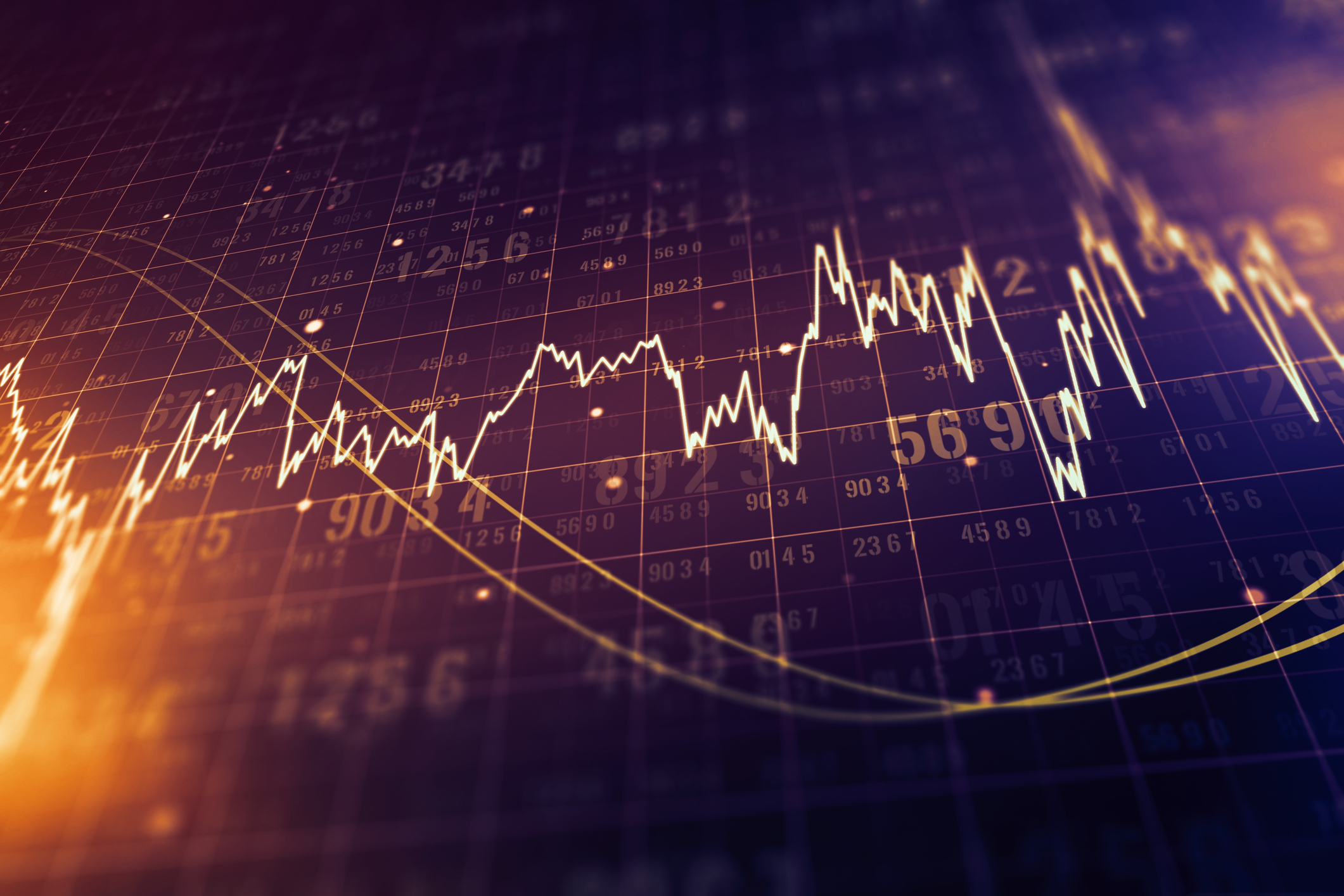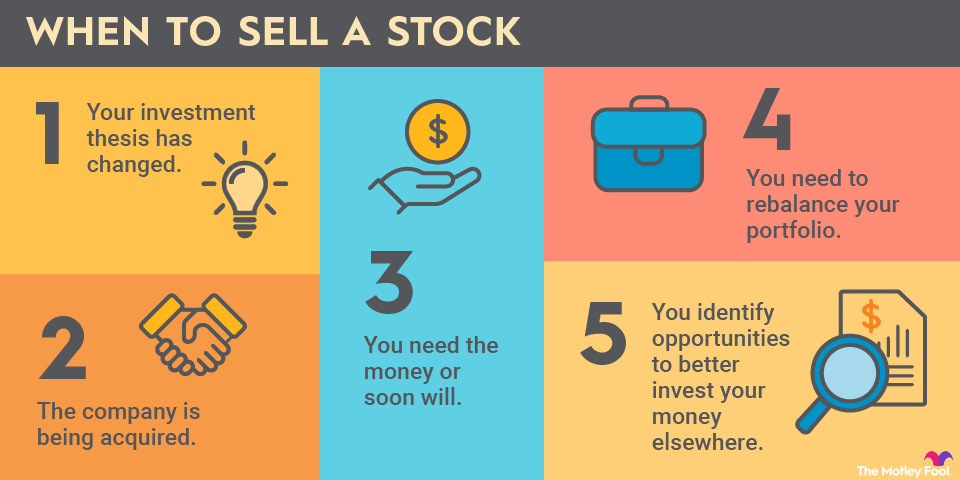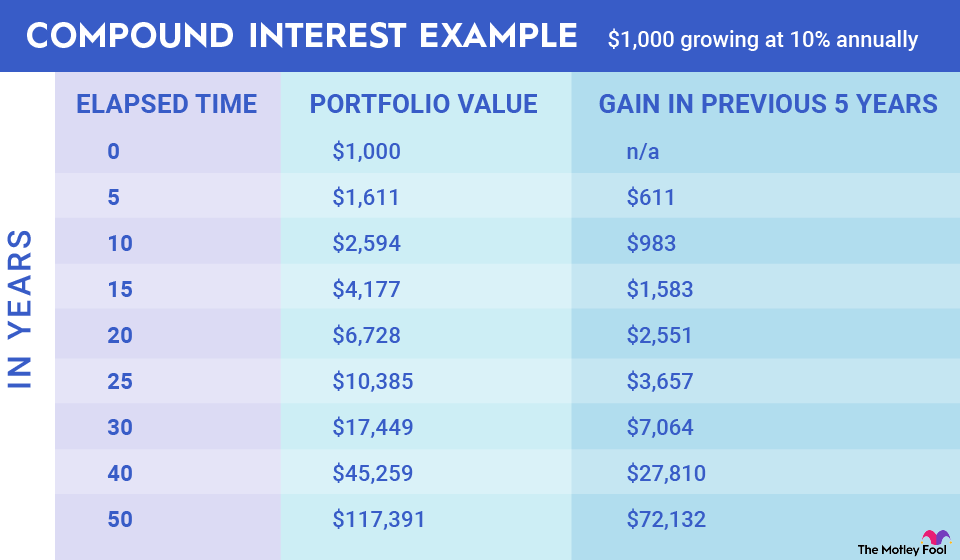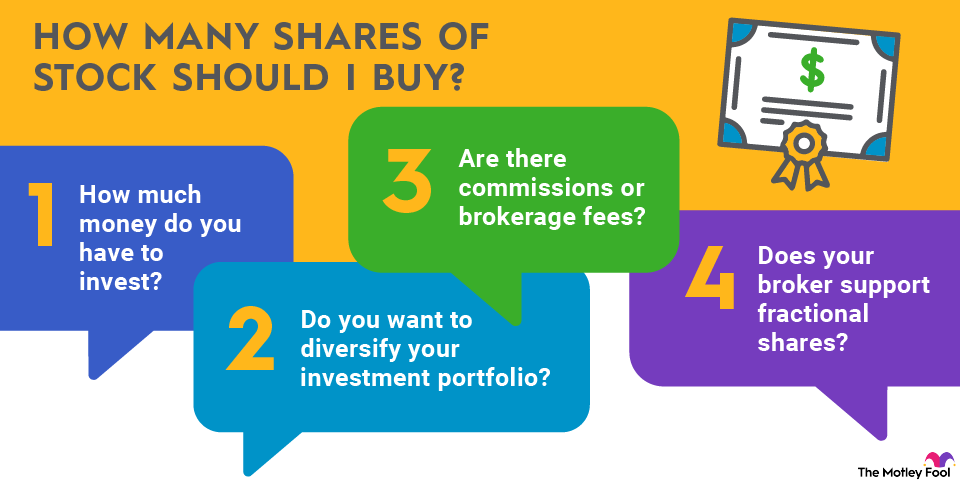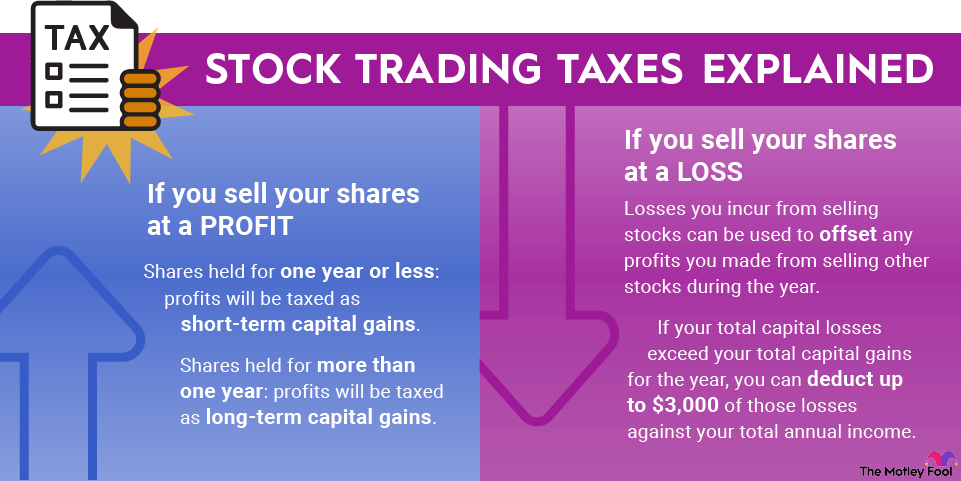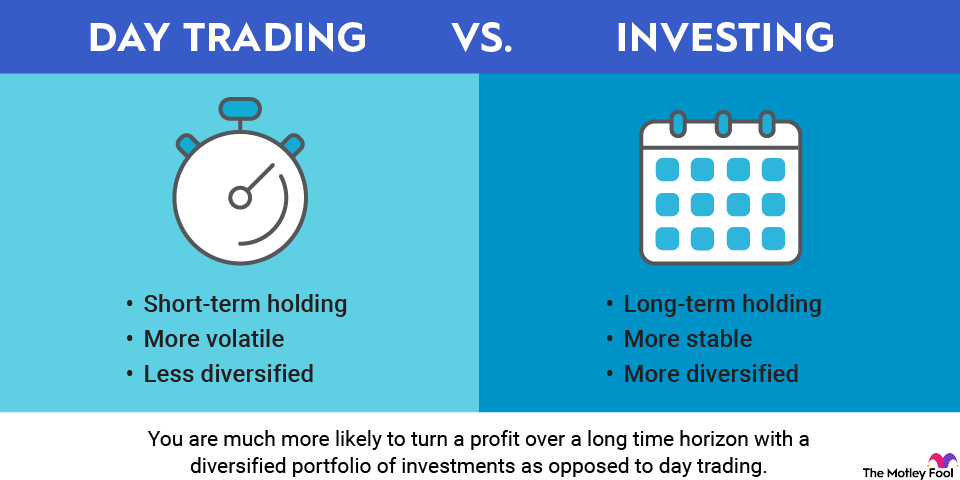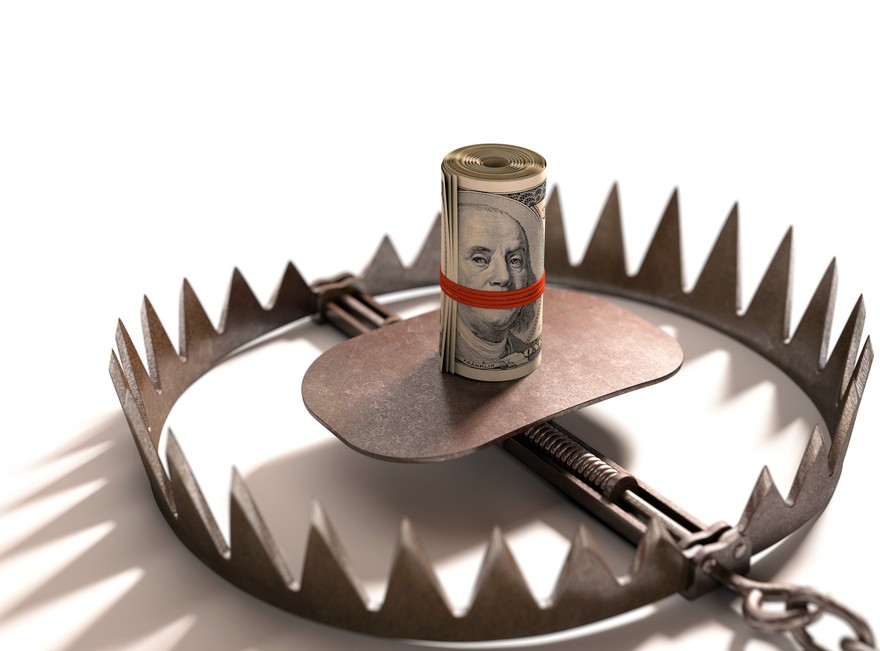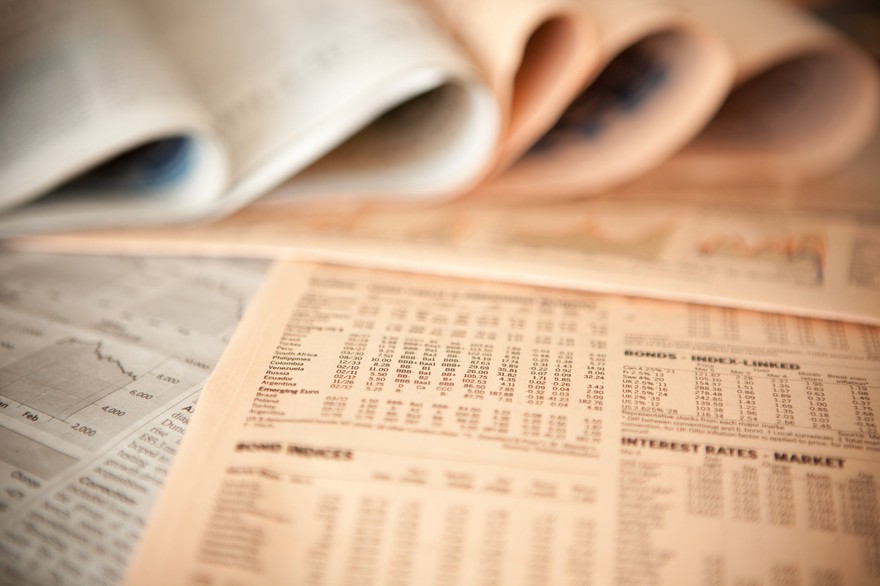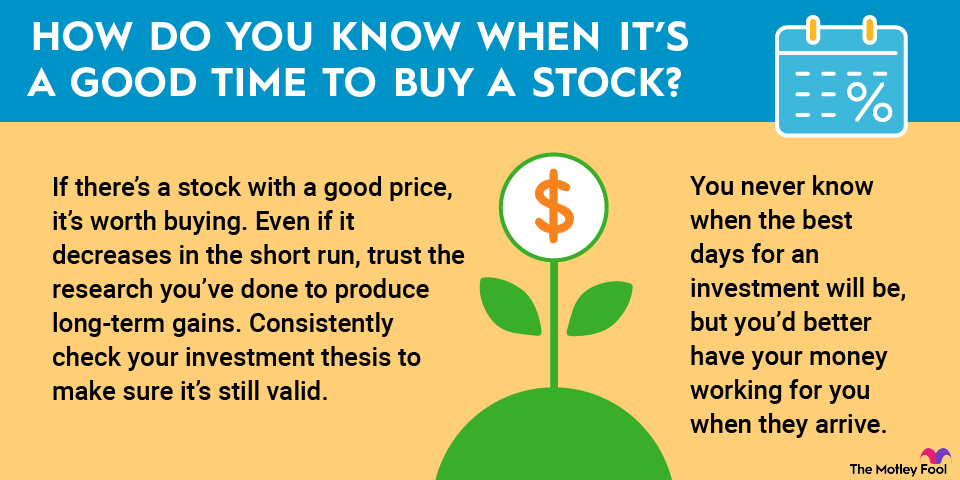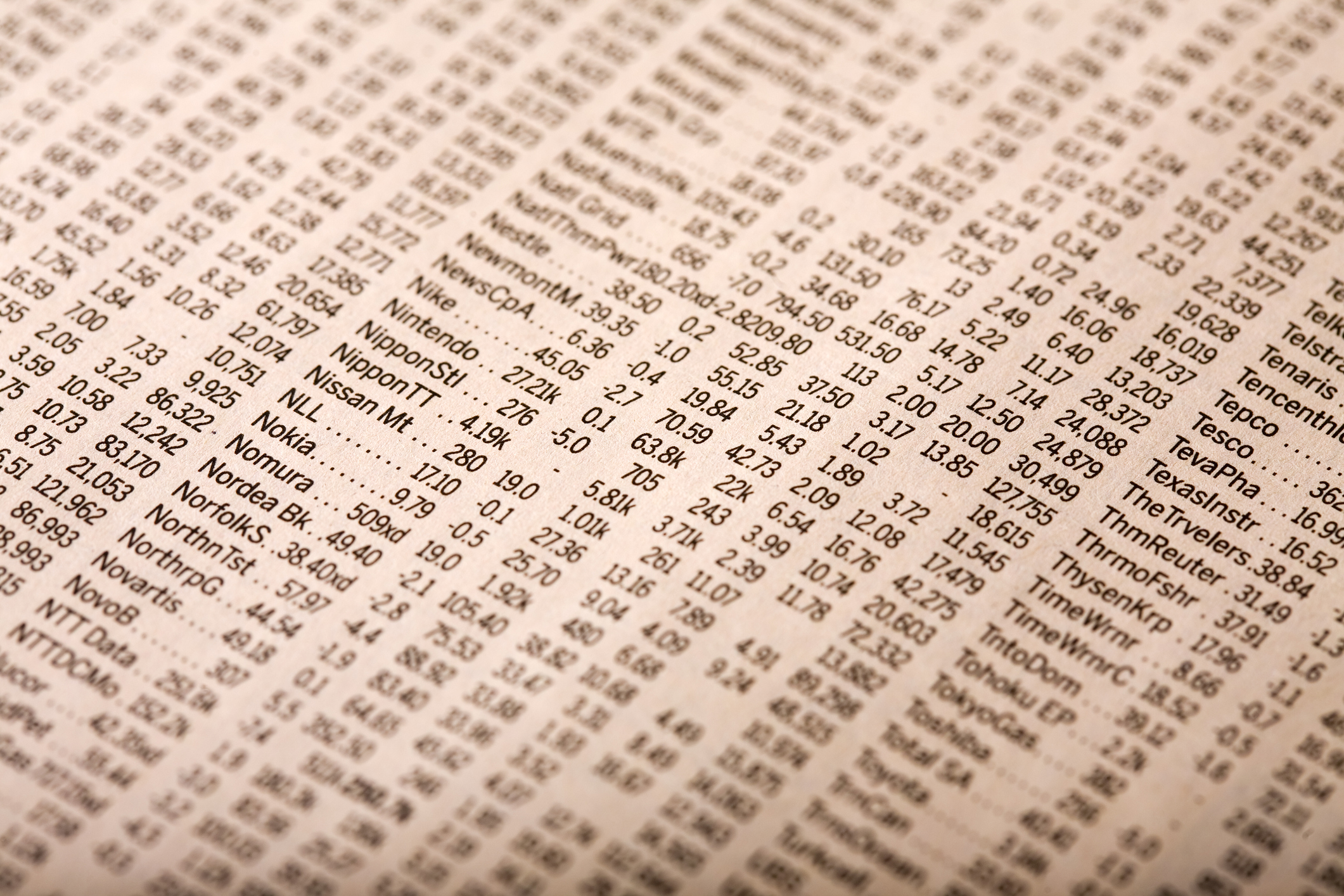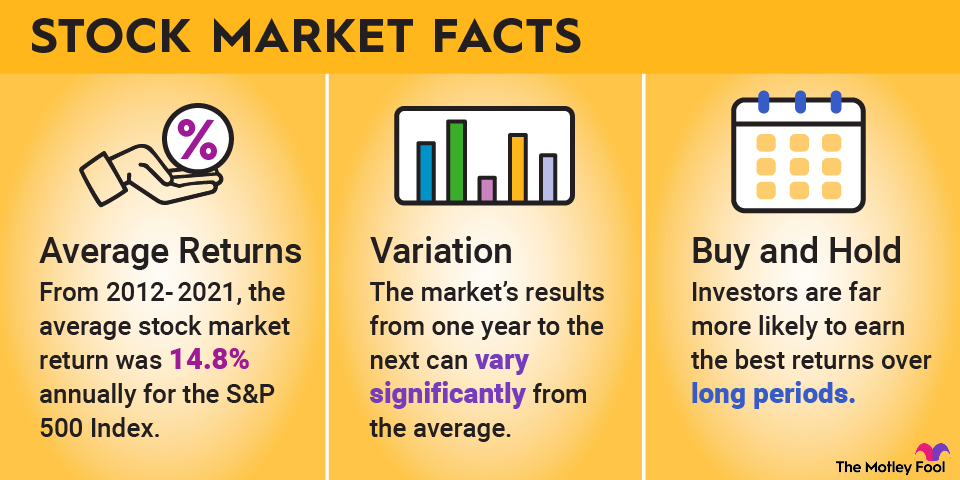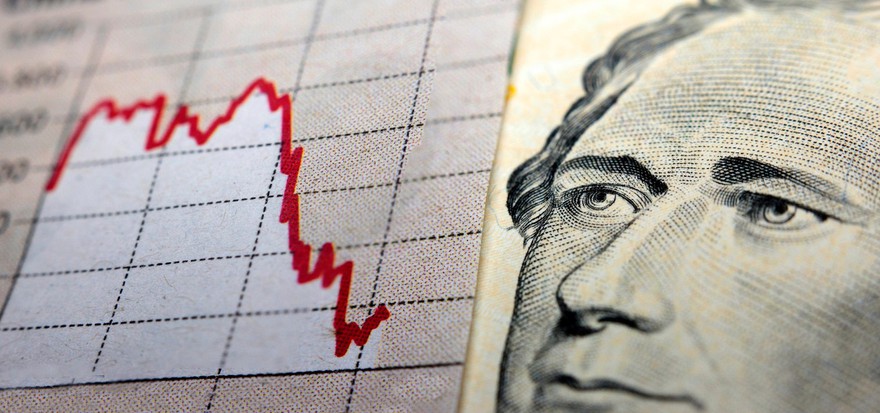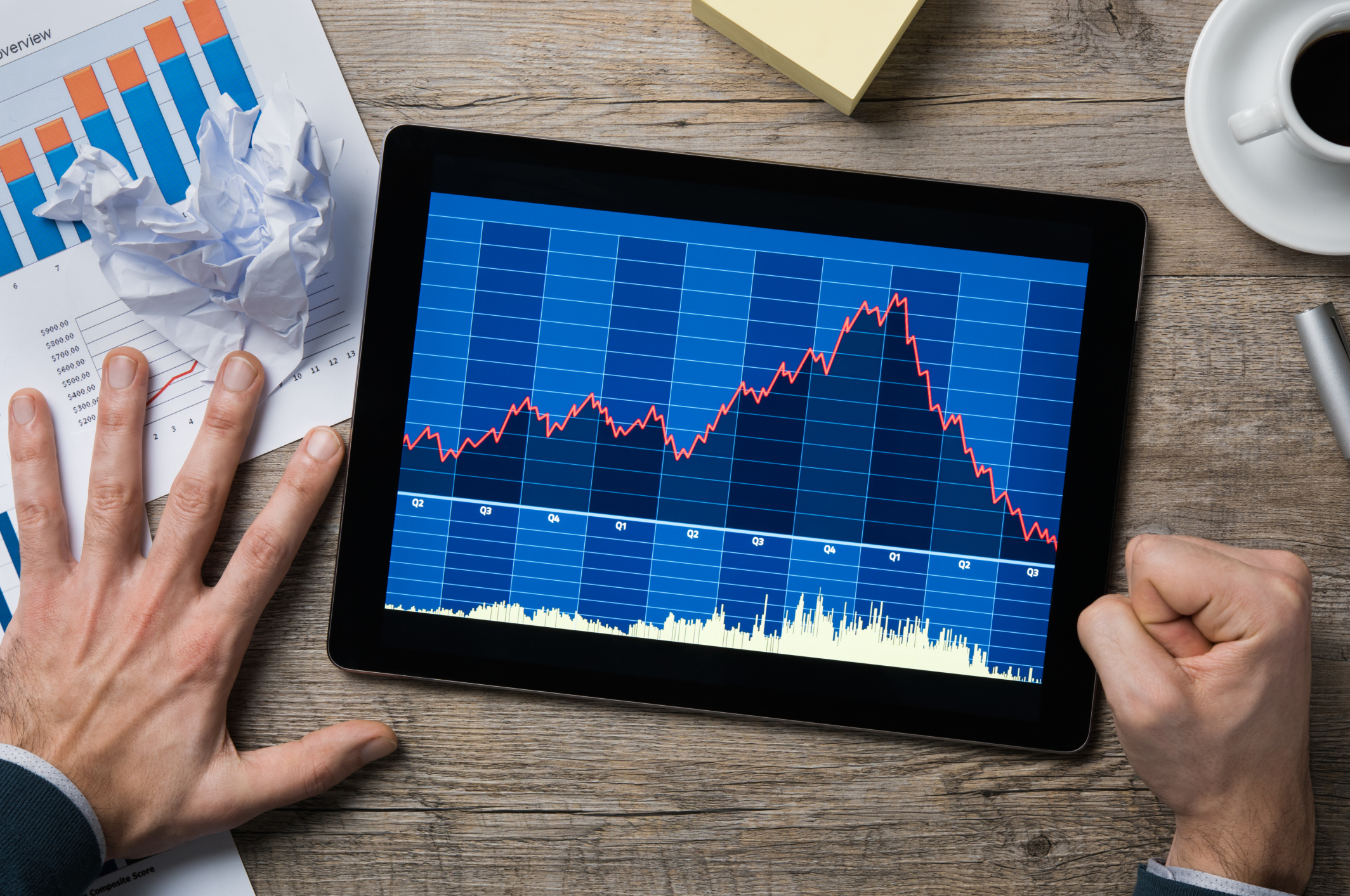PayPal (PYPL +1.05%) is one of the largest payment processing companies in the world, with over $1.7 trillion in annualized payment volume. Most Americans know PayPal as a popular way to pay for online purchases, and many people also use PayPal’s Venmo app to send and receive money from friends and family.
However, the ways that PayPal makes money from its platform aren’t well understood by many people. With that in mind, here’s a rundown of what exactly PayPal does, how it makes money, and how much money it has made in recent years.

NASDAQ: PYPL
Key Data Points
What does PayPal do?
PayPal operates a payments ecosystem that allows merchants and their customers to facilitate the movement of money from one party to another. In addition to the core PayPal platform, the company also operates payments app Venmo, merchant solutions businesses Braintree and PayPal Complete Payments, and several adjacent businesses.
In addition to its core business, PayPal recently launched an advertising platform. The company facilitates the sale and purchase of cryptocurrencies through its app, offers credit products, and provides omnichannel payment solutions to merchants. In all, PayPal has about 436 million monthly active users, including customers as well as millions of merchants of various sizes.
How does PayPal make money?
Most of PayPal’s revenue comes from its core business of sending and receiving payments on behalf of customers. Most of its transaction volume is related to e-commerce, but PayPal offers omnichannel and in-store payment solutions as well.
The company separates its revenue into two categories: transaction revenue and "revenues from other value-added services."
PayPal’s transaction revenue
Transaction revenue is pretty straightforward and is PayPal’s largest revenue source, making up about 91% of the total in 2024. The transaction revenue comes from fees that customers pay to receive money on PayPal’s platform. This typically is a small percentage of the payment amount, as well as a flat fee.
Other types of revenue fall into this category, including transaction fee revenue from currency conversions, fees for instant transfers, and cryptocurrency transaction fees, just to name the largest.
In 2024, PayPal’s platform saw about $1.7 trillion in payment volume, and the company produced $28.84 billion in transaction revenues. A quick calculation shows that PayPal’s transaction revenue equals about 0.17% of its total payment volume, on average.
Revenue
PayPal’s other revenue
The other side of PayPal’s revenue stream is called "revenues from other value-added services." Essentially, this is a somewhat broad category that includes anything that isn’t some form of transaction fee. Just to name the major examples, this includes:
- Referral fees.
- Subscription fees.
- Partnership revenue.
- Interest income (on loans).
- Interest income (on balances held in customer accounts).
These and other forms of non-transaction-fee revenue only make up about 9% of PayPal’s total revenue.
PayPal’s financials
In 2024, PayPal processed $1.68 trillion of total payment volume (TPV) through its ecosystem, generating $31.8 billion in revenue from it. On the bottom line, PayPal’s adjusted EPS was $4.65 per share, and free cash flow came in at about $6.77 billion for the year.
For the full year 2025, PayPal expects adjusted EPS in the range of $5.15 to $5.30 per share, which would represent annual growth of 11% to 14%. The company also forecasts free cash flow in the $6 billion to $7 billion range.
Recent developments
The most exciting development in recent history was the complete overhaul of PayPal’s leadership team. In the wake of the COVID-19 pandemic, PayPal’s growth had completely stagnated, so the company hired CEO Alex Chriss, a former Intuit (INTU +0.18%) executive, in 2023. Chriss then assembled an impressive leadership team around him. Essentially, the entire C-suite and executive leadership team are even newer to the company than he is.
Related investing topics
Since Chriss took over, there have been several significant developments, in addition to a bunch of key executive hires:
- PayPal launched a new advertising platform in October 2024. The idea is that the company’s relationships with merchants, as well as spending data from millions of customers, would create a big data advantage.
- PayPal announced its Fastlane simplified guest checkout experience, designed to improve conversions, in August 2025.
- PayPal announced PayPal Everywhere, which included a rewards debit card that can be used anywhere Mastercard is accepted, in September 2024.
- PayPal’s management revealed its multi-year strategic roadmap for accelerating growth in February 2025. Among other things, it includes increased monetization of Venmo, leveraging AI features, and more.
- PayPal started offering U.S. holders of its PayPal USD stablecoin the ability to earn rewards (like interest) in balances in April 2025.
- PayPal rolled out Venmo Checkout and the Venmo Debit Card in June 2025.
- PayPal announced the ability to send payments through personalized, one-time links in September 2025.

